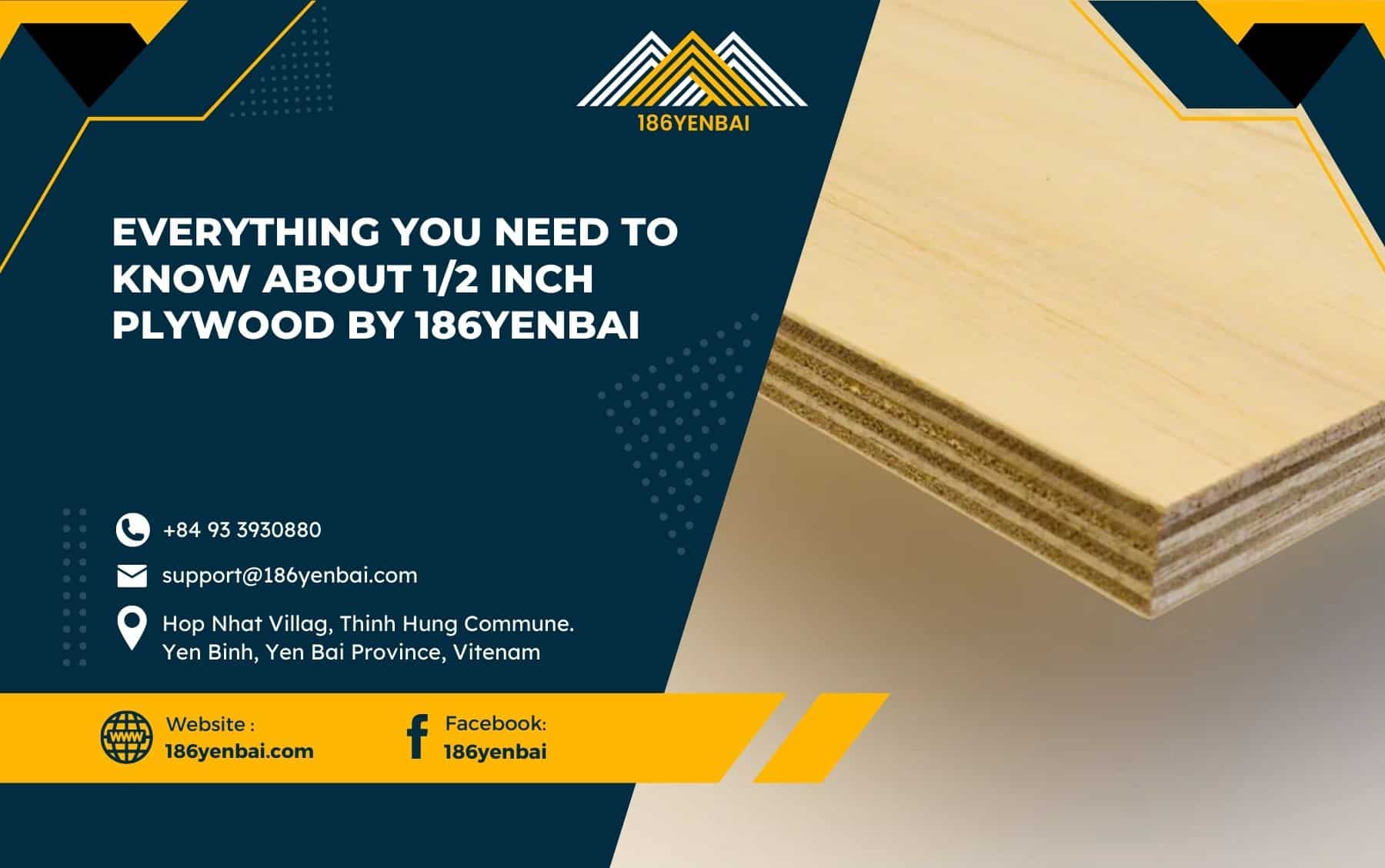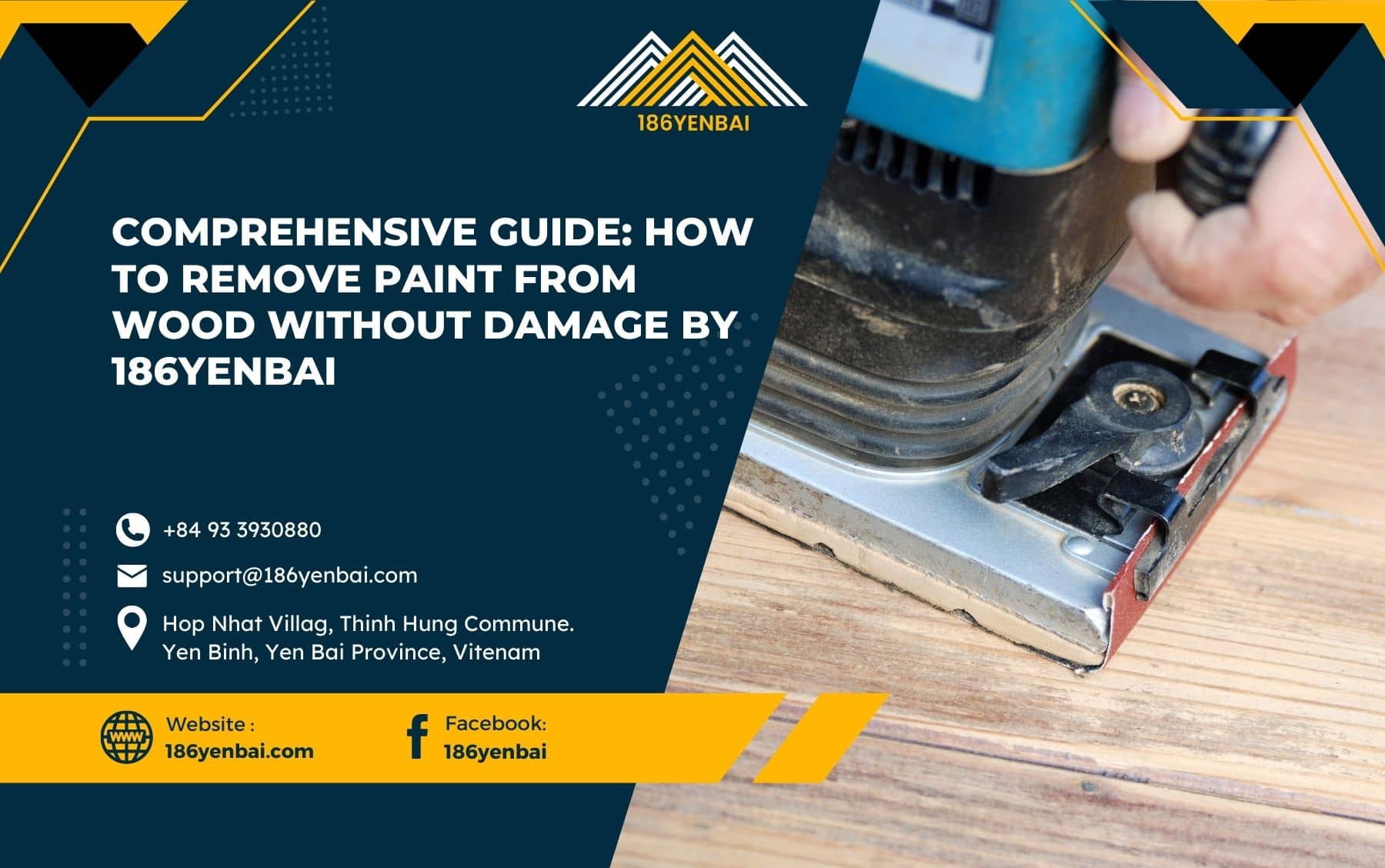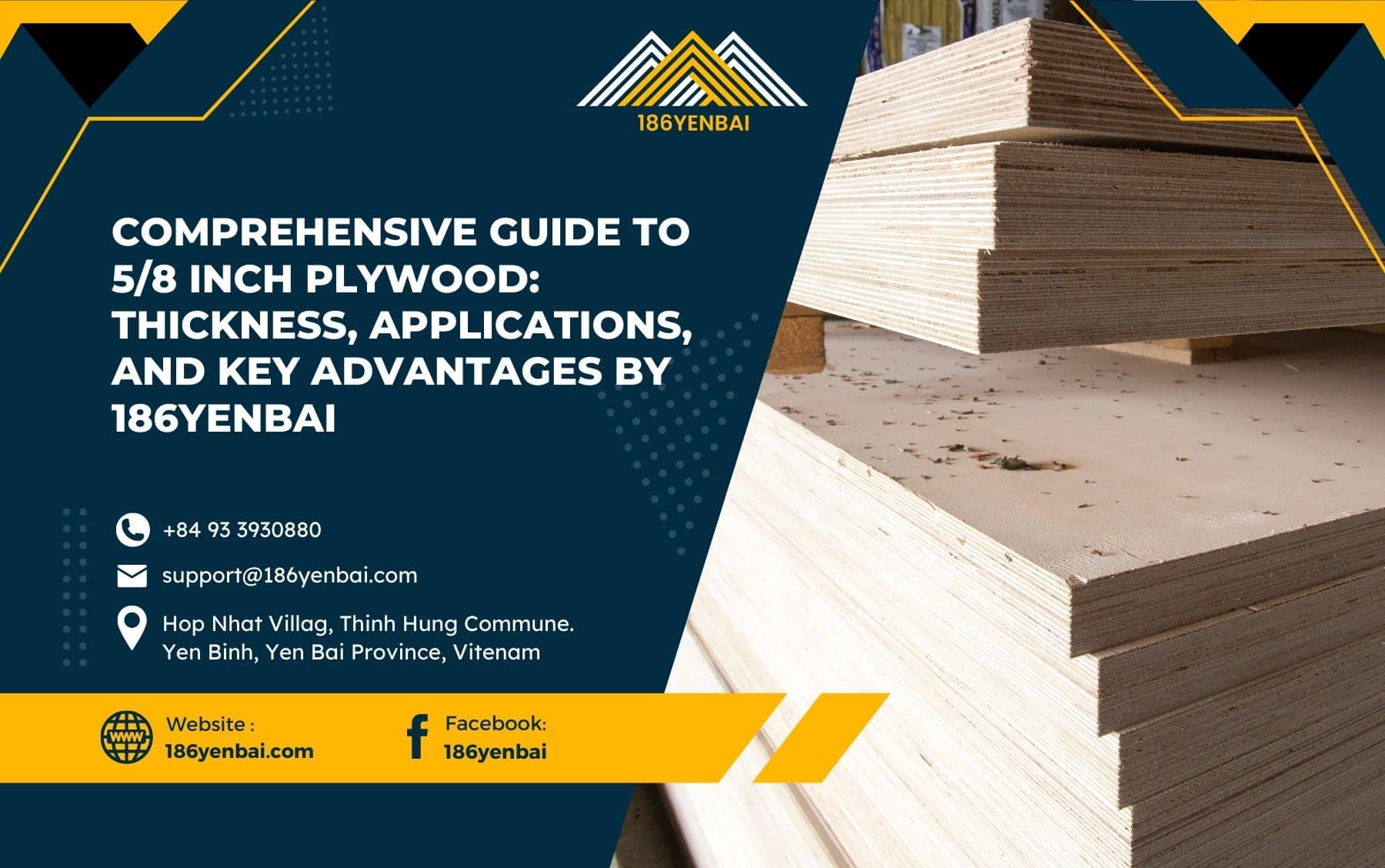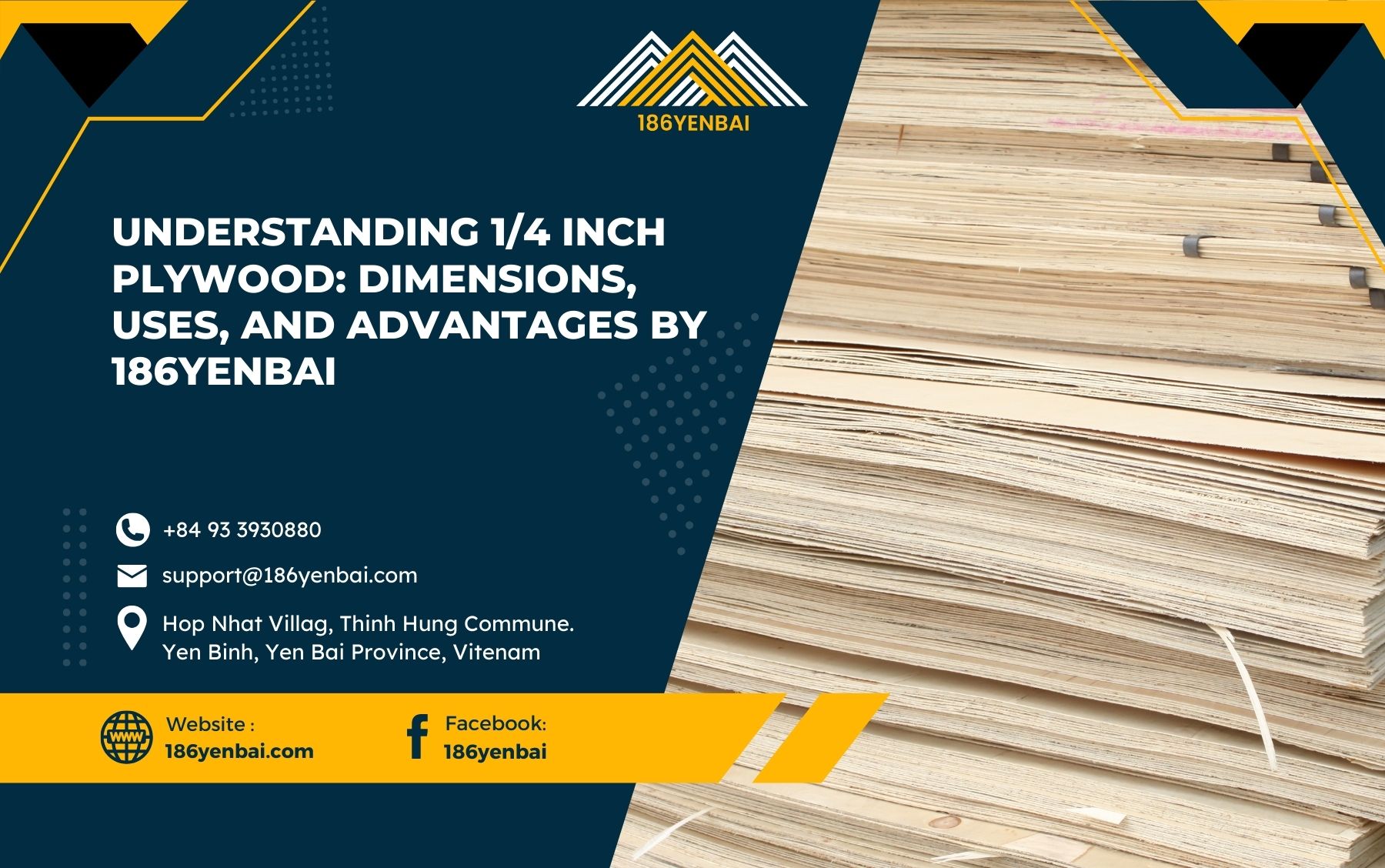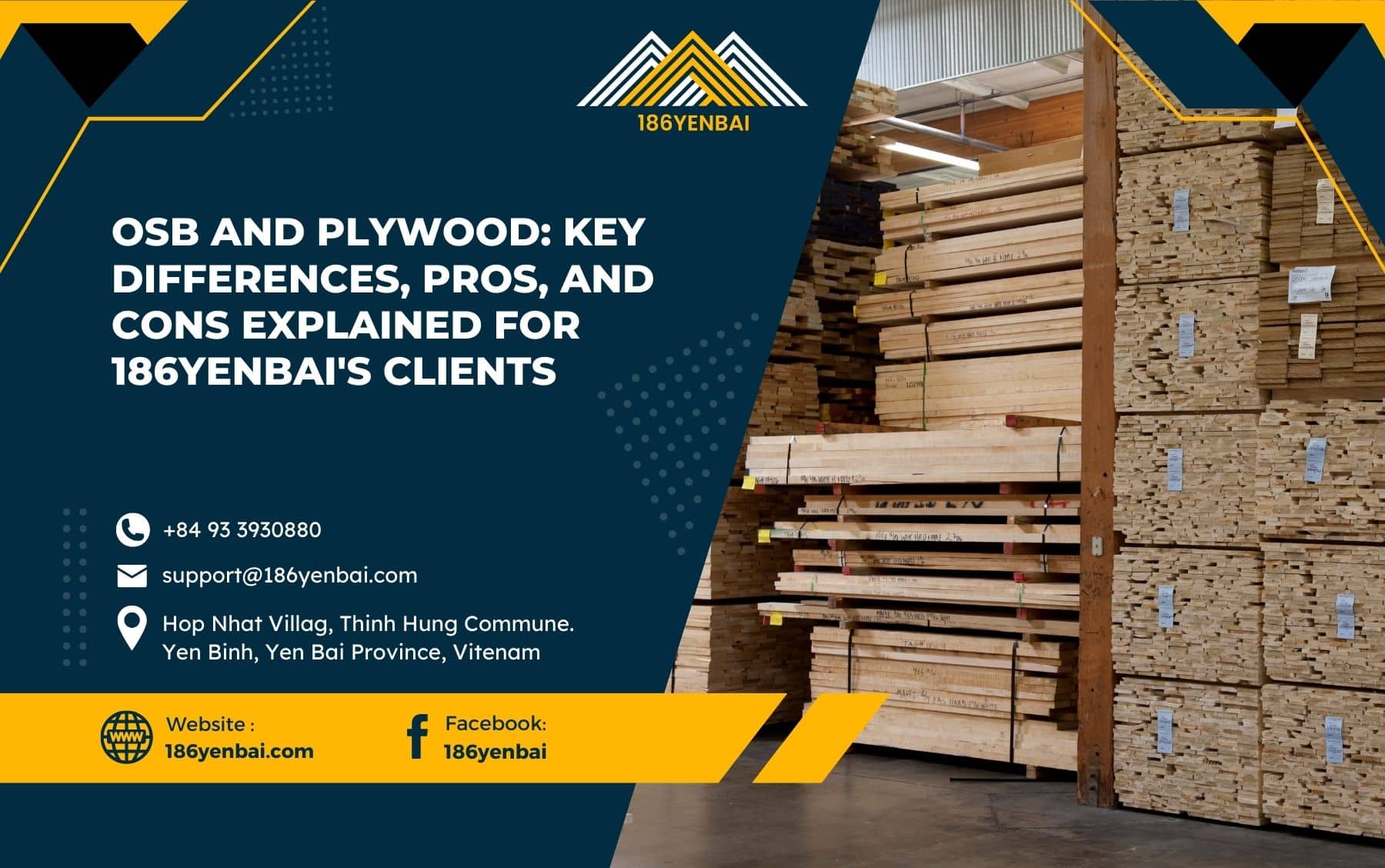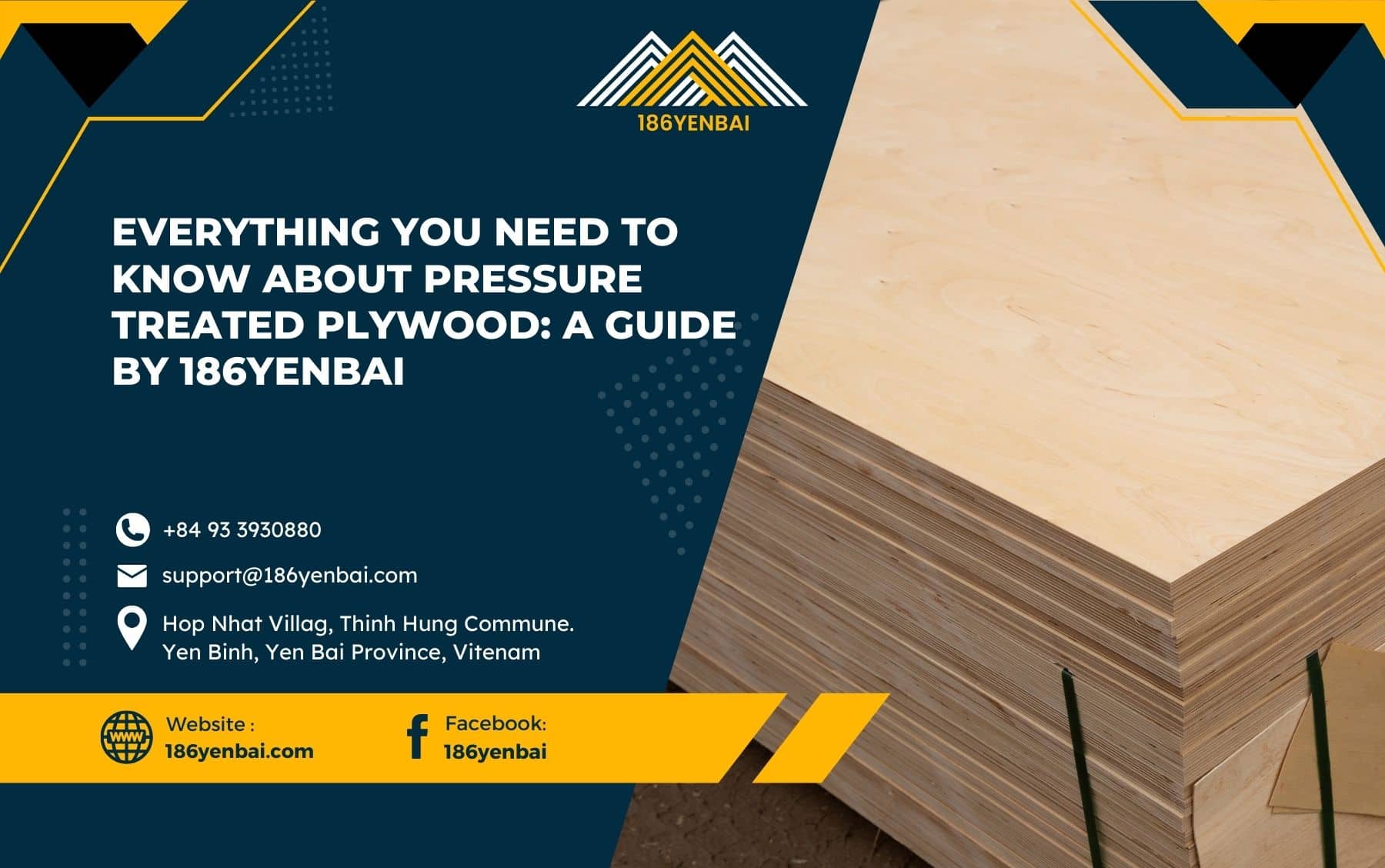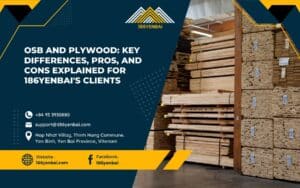
Table of Contents
ToggleWhat Are OSB and Plywood?
Oriented Strand Board (OSB) is an engineered wood product made from thin, rectangular wood strands arranged in layers and bonded together with heat-cured adhesives. These strands are layered in cross-oriented patterns, creating a strong, dense panel with consistent quality and minimal voids or gaps.
Plywood, on the other hand, is manufactured by peeling thin layers of wood (called veneers) from a log and arranging them in perpendicular layers to form a cross-laminated structure. These layers are then bonded together under heat and pressure, creating a stable and strong panel with a smoother, more polished finish than OSB.
Pros and Cons of OSB
Advantages of OSB:
- Cost-Effective: OSB is generally more affordable than Plywood, making it a popular choice for budget-conscious projects.
- Large Panel Sizes: OSB can be produced in larger panel sizes, which is advantageous for extensive construction projects.
- Uniformity: OSB panels have minimal voids or gaps, ensuring consistent density and structural integrity.
- Environmentally Friendly: OSB uses smaller, fast-growing trees and wood byproducts, reducing the impact on old-growth forests.
- Durability Under Heat: Unlike Plywood, OSB doesn’t delaminate as easily under extreme heat.
Disadvantages of OSB:
- Weight: OSB is denser and heavier than Plywood, making it more challenging to handle.
- Moisture Sensitivity: OSB absorbs moisture more readily than Plywood and tends to swell when wet, making it unsuitable for prolonged exposure to water.
- Poor Fastening: OSB doesn’t hold screws and nails as well as Plywood, which may affect its use in certain construction applications.
- Higher Formaldehyde Emissions: OSB releases more formaldehyde than Plywood, which may be a concern for indoor applications.
Pros and Cons of Plywood
Advantages of Plywood:
- Lighter Weight: Plywood is generally lighter than OSB, making it easier to transport and handle.
- Better Fastening: Plywood holds screws, nails, and other fasteners more securely, making it ideal for structural applications.
- Less Moisture Sensitivity: Plywood is less prone to swelling when exposed to moisture and generally returns to its original shape once dry.
- Lower Emissions: Plywood emits fewer harmful gasses, making it a more environmentally friendly choice for indoor applications.
Disadvantages of Plywood:
- Higher Cost: Plywood is typically more expensive than OSB, especially higher-grade options.
- Smaller Panel Sizes: Plywood panels are often available in smaller sizes than OSB, which may limit its use in some large-scale projects.
- Potential Voids and Gaps: Plywood may contain gaps between layers, affecting its uniformity and structural integrity.
- Environmental Impact: Plywood is made from whole wood veneers, often requiring larger trees, which may not be as sustainable as OSB production.
Comparing Strength and Durability: OSB vs. Plywood
OSB and Plywood are both known for their structural strength and durability, making them suitable for construction and renovation projects. However, they differ in specific characteristics:
- Strength: Plywood subfloors are typically around 10% stiffer than OSB, making them more resistant to bending under weight. This is beneficial for flooring applications, as it reduces the risk of squeaky floors or cracks in hard surfaces like tile.
- Durability Under Pressure: OSB is dense and resistant to wear, but Plywood’s layered structure allows it to resist warping and bending better in high-stress environments.
- Moisture Resistance: Plywood performs better when exposed to moisture, especially marine-grade Plywood, which can withstand prolonged exposure to water. OSB tends to swell and retain moisture, making it less suitable for applications where water exposure is a concern.
Cost Comparison: OSB vs. Plywood
In terms of price, OSB is generally more affordable than Plywood due to its use of smaller wood strands and a more efficient manufacturing process. Here’s why OSB often costs less than Plywood:
- Raw Material: OSB can be made from wood byproducts and smaller trees, while Plywood requires larger, high-quality logs for its veneers.
- Production Efficiency: OSB is manufactured through a continuous process, making it faster and less labor-intensive than Plywood.
- Economies of Scale: OSB’s popularity in the construction industry has led to larger-scale production, which helps keep costs low.
While OSB is a cost-effective option for many projects, Plywood’s additional benefits, such as better moisture resistance and ease of fastening, may justify the higher cost in certain applications.
Environmental Impact: Is OSB Greener than Plywood?
For those prioritizing sustainability, OSB is often the greener choice. It uses fast-growing tree species and can incorporate wood waste or byproducts, reducing the need for large trees. Additionally, OSB production requires less energy, making it an eco-friendly option for construction.
Plywood, while durable and reliable, often requires higher-quality wood, impacting old-growth forests. However, Plywood made from responsibly sourced timber and lower-emission adhesives can be a sustainable choice, especially when longevity and lower maintenance are considered.
Applications of OSB and Plywood: Where to Use Each
Both OSB and Plywood have versatile applications, but understanding where each excels can help in making the right choice:
- OSB:
- Ideal for sheathing in walls, roofs, and subfloors where it won’t be directly exposed to moisture.
- Commonly used for packaging and industrial crates due to its durability and cost-effectiveness.
- Environmentally friendly projects where sustainability is prioritized.
- Plywood:
- Preferred for exterior applications like walls, roofs, and flooring, especially in areas prone to moisture.
- Excellent for furniture, cabinetry, and interior walls due to its smooth surface and ease of finishing.
- Ideal for marine applications, as marine-grade Plywood can withstand water exposure.
Making the Right Choice: OSB or Plywood?
Choosing between OSB and Plywood ultimately depends on your project’s specific needs, budget, and environmental considerations. Here’s a quick guide to help you decide:
- Choose OSB if you’re looking for a budget-friendly, eco-friendly option for indoor construction or where moisture exposure is limited.
- Choose Plywood if your project involves direct exposure to moisture, needs greater fastening strength, or requires a polished finish for aesthetic purposes.
In summary, both OSB and Plywood offer distinct advantages, and the right choice will depend on your priorities and project requirements. With a better understanding of their differences, you’ll be well-equipped to make an informed decision that meets your project’s needs.
At 186Yenbai, we are committed to providing top-quality wood products tailored to various applications. Whether you’re looking for OSB for industrial purposes or high-grade Plywood for interior designs, our team is here to help you choose the best material for your project. Visit our website or contact us today to learn more about our range of products and services.
For more information or inquiries about our high-quality plywood products, contact us at 186yenbai today to discuss how we can support your next construction or renovation project. Plywood Supplier
Phone: +84 93 3930880
Email: [email protected]
Facebook: https://www.facebook.com
Address: Hop Nhat Village, Thinh Hung Commune, Yen Binh, Yen Bai Province, Vietnam
Check out our other articles below:
Why High-Quality Plywood is the Ultimate Choice for Global Markets
High-Quality Plywood vs. Low-Quality Plywood: What’s the Difference?
5 Reasons Why High-Quality Plywood is the Best Choice for Home Renovations

